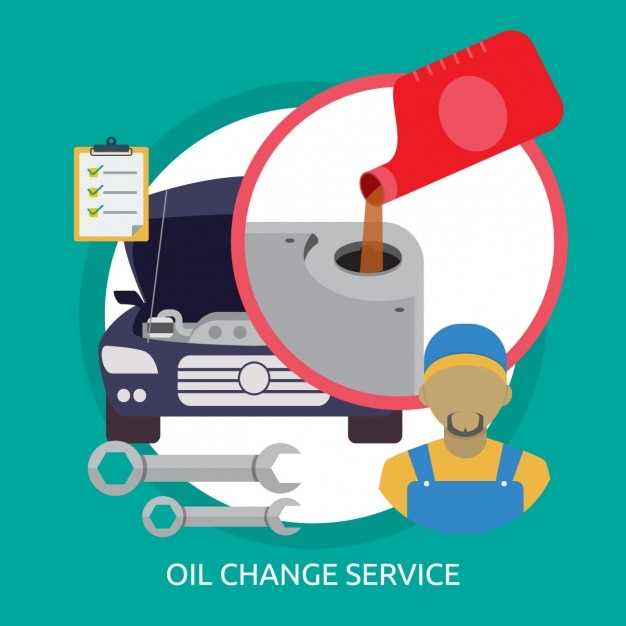
Maintaining a motorcycle’s chain is crucial for ensuring optimal performance and longevity. A well-lubricated chain not only enhances the efficiency of power transfer but also minimizes wear and tear, resulting in a smoother ride. Understanding the best practices for chain lubrication can significantly extend the lifespan of your motorcycle’s components.
Proper chain lubrication involves more than just applying grease. It requires an understanding of the different types of lubricants available and the specific needs of your motorcycle’s chain. Using the right lubricants helps to protect against dirt and grime, which can cause damage and reduce the chain’s effectiveness over time. Knowing how often to lubricate and when to perform maintenance can make a substantial difference in the overall performance of your motorcycle.
In this article, we will explore essential techniques and tips for effective chain lubrication, emphasizing the importance of a regular maintenance schedule. By following these best practices, motorcyclists can ensure their chains remain in peak condition, leading to enhanced safety and a more enjoyable riding experience.
Choosing the Right Lubricant for Your Motorcycle Chain

Selecting the appropriate lubricant for your motorcycle chain is crucial for the longevity and performance of your bike. An effective lubricant minimizes friction, reduces wear, and protects against corrosion. Follow these guidelines to ensure you choose the best product:
-
Type of Chain: Understand whether your motorcycle has an O-ring, X-ring, or standard chain. O-ring chains require specific lubricants that penetrate without damaging the rubber seals.
-
Environmental Conditions: Consider the riding conditions. If you frequently ride in wet or muddy environments, opt for a water-resistant lubricant. For dry conditions, a dry lubricant can prevent dust and dirt buildup.
-
Application Method: Choose a lubricant that is easy to apply. Some come in spray form for quick application, while others may require a brush or squeeze bottle for precision.
-
Viscosity: Ensure that the lubricant has the right viscosity. A thicker lubricant may stay longer but can attract more dirt, while a thinner formula may wash away easily but penetrate better.
-
Brand Reputation: Research and select well-regarded brands that specialize in motorcycle maintenance. User reviews and recommendations from fellow riders can also guide your choice.
-
Compatibility: Check if the lubricant is compatible with the specific materials of your chain. Some lubricants could degrade rubber components or other materials used in the chain design.
By considering these factors, you can make an informed decision and ensure that your motorcycle chain remains well-lubricated, ultimately enhancing the overall riding experience.
Step-by-Step Guide to Applying Chain Lubrication
Proper lubrication of your motorcycle chain is essential to ensure optimal performance and longevity. Follow these steps for effective chain lubrication.
1. Gather Necessary Tools: Start by acquiring your chain lubricant, a clean cloth, a brush, and possibly a motorcycle stand for easier access to the chain.
2. Position the Motorcycle: If you have a motorcycle stand, place the bike on it to lift the rear wheel off the ground. This allows for easier rotation of the chain during lubrication.
3. Clean the Chain: Before applying lubricant, it is important to clean the chain. Use a brush to remove dirt and grime. Wipe the chain with a clean cloth to ensure it is free from contaminants.
4. Inspect the Chain: Check for any signs of wear or damage such as stiff links or excessive rust. If any issues are found, consider replacing the chain before lubrication.
5. Apply Lubricant: Shake the lubricant canister well before use. Starting from the rear of the chain, apply the lubricant evenly along the entire length of the chain while slowly rotating the rear wheel. Ensure that the lubricant reaches both sides of the chain for complete coverage.
6. Wipe Excess Lubricant: After the application, take a clean cloth and wipe off any excess lubricant. This prevents dirt from accumulating and keeps your motorcycle clean.
7. Allow Lubricant to Settle: Let the lubricant sit for a few minutes to penetrate the chain links thoroughly. This ensures better protection and lubrication during operation.
8. Test Ride: Finally, take your motorcycle for a short ride to distribute the lubricant evenly. Pay attention to the chain’s operation; it should run smoothly without any unusual noises.
Regularly repeating this chain lubrication process will enhance your motorcycle’s performance and extend the life of the chain.
Common Mistakes to Avoid When Lubricating Motorcycle Chains

Proper lubrication of motorcycle chains is crucial for ensuring optimal performance and longevity. However, many riders make common mistakes that can lead to ineffective lubrication and increased wear. Here are some key errors to avoid.
First, applying lubricant excessively can attract dirt and debris. A thick layer may seem beneficial, but it can have the opposite effect, leading to premature wear on the chain and other components. It’s important to follow the manufacturer’s recommendations on the amount of lubricant to use.
Another common mistake is lubricating the chain without cleaning it first. Dirt, grime, and old lubricant build-up can hinder the effectiveness of the new lubricant. Always clean the chain thoroughly before applying fresh lubricant to ensure it adheres properly and penetrates effectively.
Using the wrong type of lubricant can also be detrimental. Not all lubricants are suitable for motorcycle chains; oil formulated for cars or general purposes may not provide the necessary protection. Always choose a lubricant specifically designed for motorcycle chains to achieve the best results.
Many riders neglect the regular lubrication schedule. It’s essential to lubricate the motorcycle chain consistently based on riding conditions and manufacturer guidelines. Long intervals between applications can lead to increased friction and wear.
Finally, failing to lubricate the chain after a ride can be a significant oversight. Heat from the chain during operation can make it difficult for the lubricant to adhere properly if applied post-ride. Performing lubrication when the chain is warm but not hot can enhance penetration and effectiveness.
By avoiding these common mistakes, riders can enhance the performance and lifespan of their motorcycle chains, ensuring a smoother and more reliable ride.





